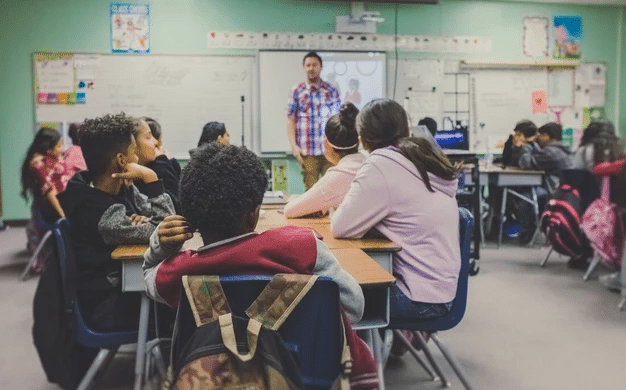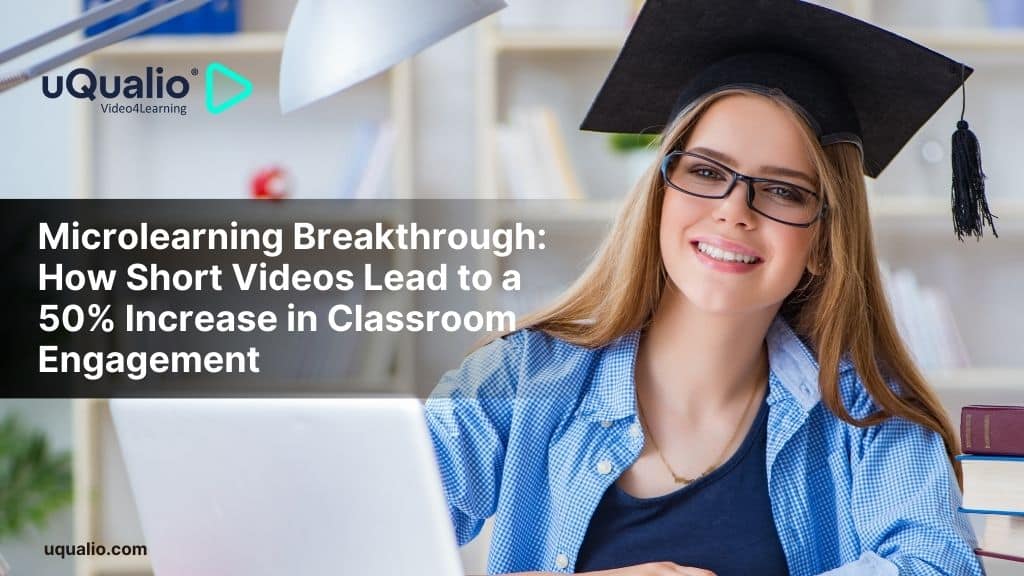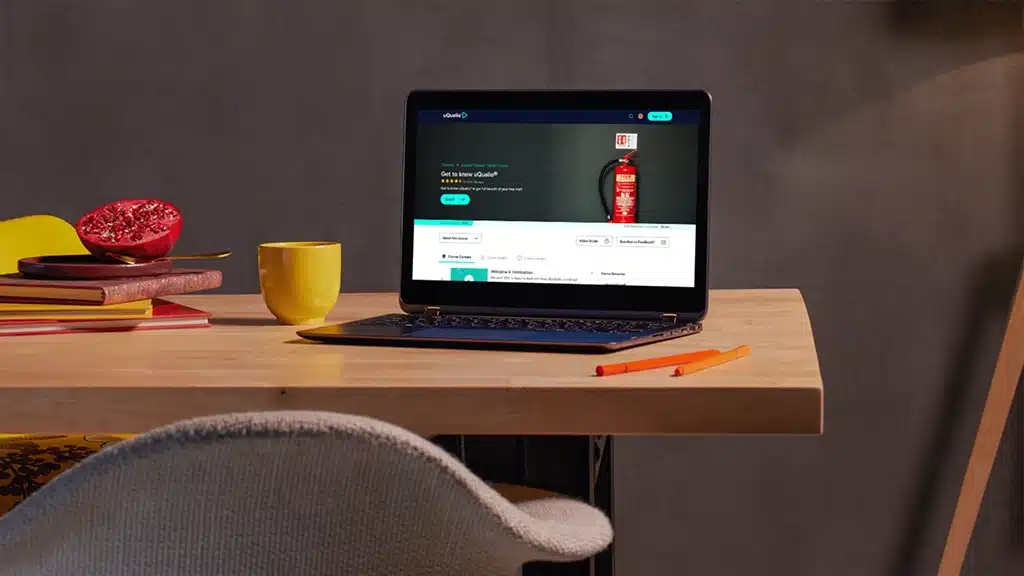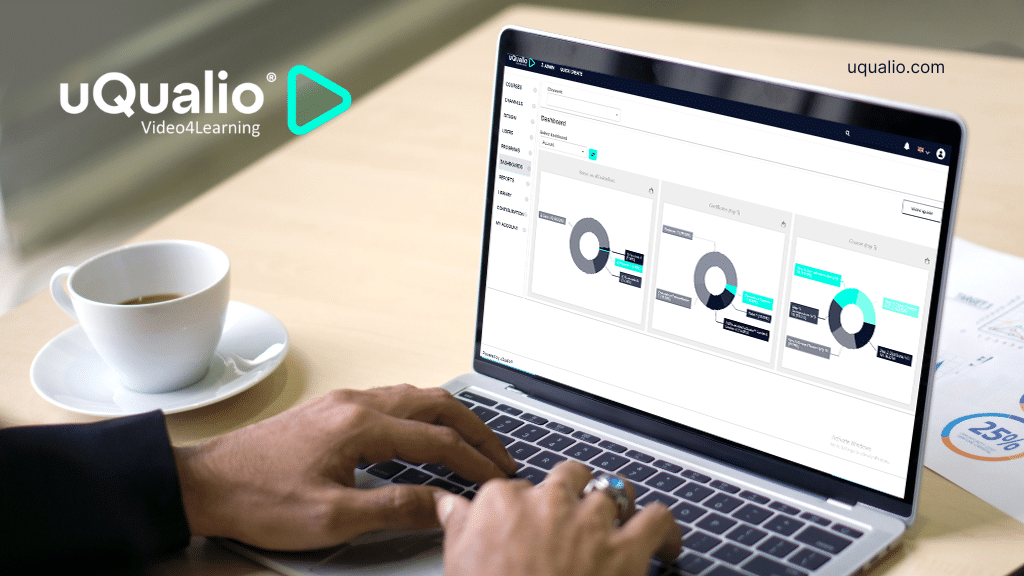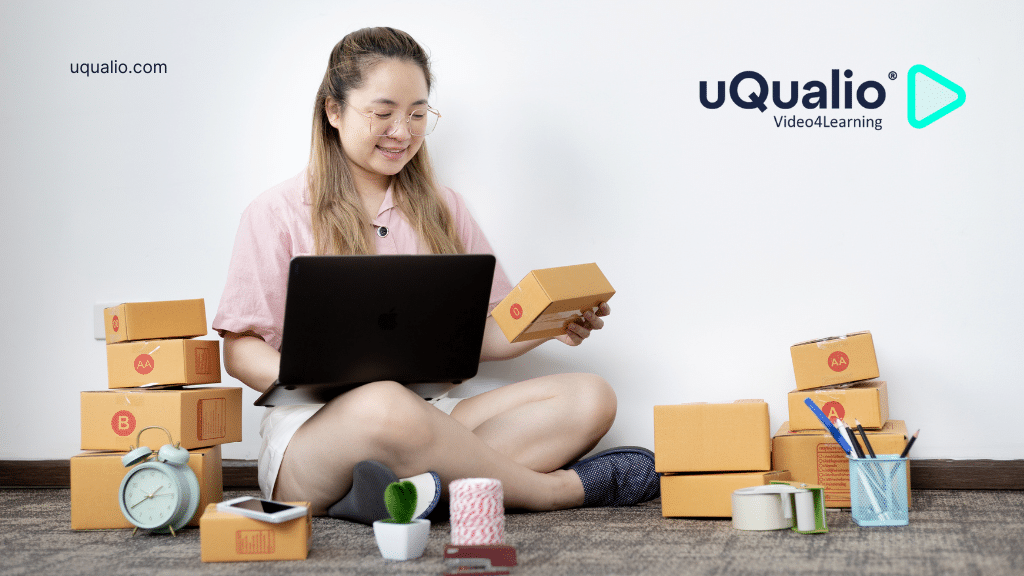Since the world our students are entering is technologically rich, we must consider the integration of educational technology into the classroom as an integral part of 21st-century learning.
However, today we decided to switch gears and take a break from development work. Instead, today we’ve brought you Dr. Shannon Doak to share his experiences and insights integrating technology into classrooms
Let’s jump right in!
Hi and thank you for joining us, Dr. Shannon Doak. It’s a pleasure to have you with us today. Why don’t you kick things off by introducing yourself to our EdTech audience?
My name is Dr. Shannon Doak. I am a lifelong learner, social media as an eLearning platform expert, a mobile device enthusiast, a connected educator, and a leader in the area of innovative teaching, educational technology, and professional development. I hold an Ed.D. and M.E.T. with a focus in Educational Technology, B.Ed. and a degree certificate in school technology coordination.
Professionally speaking, what made you decide that Educational Technology was going to be your focus?
When I first got involved in education, I was teaching ESL to Kindergarten aged children in China. I was always into tech and gadgets and felt that if I could somehow make use of these tools in my classroom the engagement level of my students would increase. It wasn’t until I began my official educational studies at the University of Hawaii at Manoa, that I was introduced to the field of educational technology. After finishing up my B.Ed. I moved back to China to become a Kindergarten homeroom teacher at the American International School of Guangzhou. While teaching Kindergarten, I was known as the “tech” guy and often assisted my colleagues with their integration efforts. I enjoyed using tech in my own classroom and helping others do the same became a passion for me. After a while, It just made sense that I would further my education. It was then that I began working on my Master in Educational Technology at Boise State University. This step joined two of my passions, education, and technology, I haven’t looked back since!
Your profile mentions that you are an Educational Technologist at the Hawaii Preparatory Academy in Kamuela. Helping teachers and administrators create innovative learning environments is a big part of your job. What are some of the biggest EdTech challenges that you’ve faced while working in the academy?
Hawaii Preparatory Academy is a fantastic educational institution whose mission is “to provide exceptional education and learning opportunities in a diverse community honoring the traditions of Hawaii.” To do this, one thing educators must do is “design and implement a rigorous, inquiry-based learning experience integrating core academic skill acquisition with robust multi-disciplinary project experiences to promote and assess 21st-century skills.” The integration of technology is a vital part of this process. In order for me to help teachers accomplish this, I must first build meaningful relationships with the educators I am working with. This helps to kindle trust and understanding of the collaborative nature of my role. This process takes time in any environment and is often slow. Once these relationships are built and nurtured, change to the learning environment then comes.
How do you apply technology in your own classes?
I currently don’t have my own classes to integrate technology into, however, I support other teachers with this process. It is important to remember, that as an educational technologist my first goal is learning. Educators should never just add tech because others are doing it. They should never use tech for tech’s sake. There needs to be an advantage that is created by the use of technology. The application of technology needs to improve the learning environment. This does not mean that we can forget about technology or that it is something of an afterthought.
Technology must be an integral part of the learning environment. In a blog post on my own blog, titled “Why Innovate in the Classroom?” I discuss this further saying, “We must as teachers look at the needs of the society and what our students will need when they enter this society. It is only through this method that we ensure that what we are teaching our students is appropriate, relevant, and authentic. When considering everything done in an institution of learning we must gauge what we do including traditions with the following question, How is this serving the educational and emotional needs of the students in our current societal context?” Since the world, our students are entering is technologically rich, we must consider the integration of technology into the classroom as an integral part of 21st-Century learning. However, as mentioned above, if the tech is not creating an advantage or improvement, then it should not be used.
Great point. Now, when tech is used, it often causes a need for an extra layer of data protection. What strategies do you employ in order to maintain e-safety?
E-safety is very important and we employ several things to help keep our students safe. Our IT department has implemented measures to keep our students safe while logged into our network. When looking into a possible tool, we study the privacy policy and look for any red flags that might exist. If we find that this application is not up to our standards for keeping our student data safe we don’t use it.
We also have Acceptable Use Policies and Responsible Use Policies in place that every student is made aware of and are included in our Student Handbooks. Another way that we help our students stay safe is through the implementation of a Digital Citizenship Curriculum at the K-8 division. This curriculum helps our students learn vital skills in navigating their online life. The curriculum covers things including cyberbullying prevention, media balance, finding credible news, being aware of your digital footprint, and being an up-stander.
Your profile mentions that you believe social media is going to be the next frontier in teacher professional development. Can you talk to us more about this statement?
My doctoral studies were centered around professional development, what effective professional development looks like and what tools are available to assist teachers in their efforts to stay current. My doctoral dissertation: Social Media as a Personal Learning Network for Professional Development: Teachers in International Schools Use and Perspectives was a mixed-methods study with a three-fold purpose: (a) to discover if international school educators are using social media for professional learning and if so, what tools they are choosing to use, (b) to discover if a relationship exists between the use of social media tools for informal professional learning and change in the pedagogical practices used by the teachers in international schools; and finally, (c) to describe how the use of social media may lead to a change in pedagogical practice.
Revealed in the findings was that through intentional action, international school educators supplemented professional development and changed their teaching practice creating an expanded and more authentic, constructivist learning environment. The PLNs in this study were able to reduce or remove the major concerns regarding professional development in international schools such as cost, contextual relevance, unvaried approaches, and limited time. Basically, connection to other professionals through social media platforms enabled the creations of a professional learning community that professionally developed the educators who used them in ways that were more relevant, authentic, and meaningful than traditional approaches to professional development.
Could this type of environment help teachers and students collaborate better? Undoubtedly! However, I would rather these types of environments were created to assist every one in that learning community to collaborate better, not just between the student and the teacher, but with each other as well.
That’s very interesting. I’ve seen the benefits of this play out in my own professional circles. However, as a tech enthusiast, I’m sure you also have to deal with people who don’t share your views or see the benefits that you do. How do you personally deal with a technophobic colleague or student?
In my role as an educational technologist or as a technology coach, I have worked with all sorts of people from innovators, early adopters to technophobes. I always ensure that those who might be a bit more on the technophobic side of the spectrum feel that they are fully supported. I find, that if I create a supportive relationship with these individuals, they are more able to take on the integration.
I also make sure that I always lead with a strong reason why we want to make this change. Usually, this is student-centered, which all teachers can get behind because all caring teachers want what is best for their students. If I can raise awareness of how technology is improving things for the student, it is easier for the teacher to want to make an effort. During all of this, I make certain that they know they are not alone and that I will be there to support them in their efforts.
Lastly, what advice that you would give to teachers who are on the fence regarding the application of EdTech in their classrooms?
I would say that the most important aspect of trying anything new, is to know that you don’t have to be the expert in order to apply EdTech in your classroom. In fact, realizing that some of your students might know more than you is a good first step in creating a culture of learning from all members of the learning community.
When I support a class in learning a new application, I never stand up in front of the class and guide them on how to use the app. I develop a series of problems that I want to be solved using the app then have the students work in teams to solve the problem. For example, when “teaching” how to use Google Slides, I break the class into about 4-5 groups and then assign a task to each group. One group might be trying to figure out how to add a theme, new slide, and different slide designs, while another team is figuring out how to add images, rotate, crop, and edit the image.
Having this type of learning environment enables the students to work together and “mess around” with the application becoming an expert in one aspect of that application. The teacher will be learning along with the students. I find that when a student discovers something that I didn’t know, it is a fantastic time to celebrate and share their discovery! My advice to you is to just jump in and do it! After all, we are trying to create lifelong learners, and what better way than to model how you learn something?
Excellent closing point! Thank you for taking the time to chat with uQualio Video4Learning, a white-label video eLearning platform, today about your experience in the EdTech space. To our blog audience, if you’d like to learn more about Dr. Shannon Doak you can do so by visiting his website here .
Achieve Effective & Affordable Video Training
– uQualio is an award-winning, easy-to-use, all-in-one NextGen LMS software for any types of online video training.


